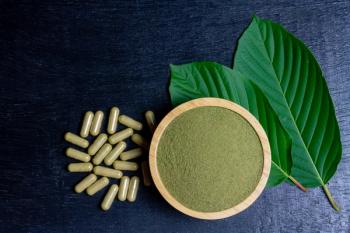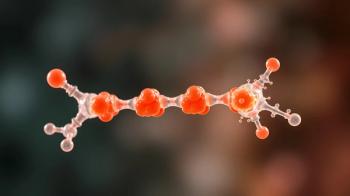
High-Risk Human Papillomavirus Type Comprises Thousands of Unique Genomes
Variation in HPV15 E7 protein greatly decreases the risk of invasive cervical cancer.
New findings suggest the
Cervical cancer is the fourth most common cancer in women worldwide. Most cases of cervical cancer can be attributed to a persistent infection with high-risk HPV types, especially HPV 16 and HPV 18, which accounts for 70% of cancers and precancerous cervical lesions.
However, reasons for HPV16 posing a significantly higher risk of cancer than other HPV types remained unclear.
In a study published in Cell, investigators sought to determine whether viral genetic variation in human papillomavirus type 16 (HPV16) influences risk of cervical precancer and cancer.
The investigators used a novel
“This is the largest study of HPV16 whole genomes to date,” said co-senior author Robert Burk. “It increases the number of HPV16 genomes studies by an order of magnitude and is the first large study to evaluate variation occurring throughout the HPV16 genome at the isolate level linked to cancer development.”
The results of the study showed thousands of the HPV16 sequences were unique to each woman, with very few sharing an identical HPV16 sequence.
“There was an unexpectedly high level of HPV16 isolate diversity among women, which was surprising given the fact that the HPV16 genome replicates use the host cell machinery and has a slow mutation rate,” said lead author Lisa Mirabello. “This has important clinical implications for HPV transmission patterns, viral clearance, and persistence.”
Compared with the controls who had benign infections, HPV16 had significantly fewer variants throughout the genome in patients with precancer and cancer. More strikingly, the cancer-causing E7 gene was devoid of variants in precancers and cancers compared with higher levels in the control, according to the study.
“These results suggest that the uniquely potent carcinogenicity of HPV16 hinges on the E7 protein remaining in its exact form,” said co-senior author Mark Schiffman. “E7 was the same worldwide in cancers. It must be conserved for cancer to form. Any change seemed to take away its ability to lead to cancer.”
In the future, the authors plan to examine how the HPV16 genome changes over time to gain a better understanding on how cervical cancer develops. Additionally, they will investigate the mechanisms by which E7 contributes to cancer risk.
“We are just starting to understand what the genetic findings mean regarding the function of HPV16 and how we could use what we find to prevent or treat cervical cancer,” Burk said. “The findings don’t change screening or vaccines at this point but could be important, for example, in understanding how to determine which HPV infections post the greatest risk of producing cancer. A patient diagnosed with an HPV16 infection and lesion needs to undergo careful diagnostic evaluation based on established clinical parameters. This work presents future targets for therapeutic interventions but requires significant work.”
Newsletter
Stay informed on drug updates, treatment guidelines, and pharmacy practice trends—subscribe to Pharmacy Times for weekly clinical insights.














































































































































































































